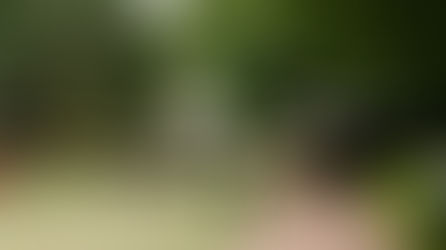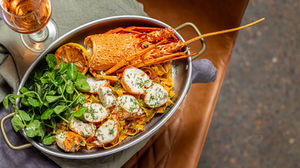Chit Chat with Bryan Currie
- Liane Morris
- May 15, 2023
- 3 min read

Bryan Currie is not only an award-winning winemaker, he's also a viticulturist and General Manager of Hungerford Hill, which includes Sweetwater and Dalwood Estate vineyards, as well as vineyards in the Hilltops and Tumbarumba regions of NSW. This makes Bryan a very busy man.
We caught up with Bryan to find out what a day in his life looks like and to talk about winemaking and trends in the industry.
Vintage in the Hunter Valley usually takes place from mid-January to the end of February. Bryan's vintage season goes considerably longer because straight after Hunter Valley vintage, Hilltops begins then Tumbarumba follows, with the process not fully complete until late April to May. Unsurprisingly, Bryan has not had an Easter holiday for 25 years.
"During vintage season, my day begins with tasting all the fermenting wines," said Bryan. "I do this every single morning when my palate is fresh. I can then decide what work needs to happen in the cellar. There are so many variables to take into consideration.
"Winemaking is not like making a widget; there's no recipe to follow. It all depends on what wine you're trying to make, and that determines the entire process. I decide what I want to make by talking to staff and customers, considering what's selling and keeping an eye on trends. Winemaking is a fashion business. Wines and varietals go in and out of fashion.
"I made a rosé in 2002, and everyone told me I was a weirdo. No one drank it. Fast forward twenty years, and people are drinking lakes of the stuff. But Hungerford Hill is 55 years old, and our customers expect high quality and consistency. It's important to create wines that are also recognisable, on brand and that continue the traditions. It's a balance.

"After my tasting each morning, I head out to the vineyards, checking on the condition of the fruit, tasting it for the balance of acid and sugar, keeping an eye out for disease or pests as well as the evenness of the ripening. I'm looking for the best moment to pick the fruit.
"Lunch is usually spent in front of the computer. I'm obsessed with the weather, using several forecasting sites to look at long-range forecasts. As the fruit ripens, extreme weather events cause devastating damage. You have to choose your time to pick. It's an exercise in patience. You can't control the weather, and you have to accept it as it is.
"I tackle my paperwork after lunch and then go back to tasting for things that are close to finishing. I get home late – easily 12-hour days. And it's seven days per week until it's finished. I get my weekends back in the second half of the year, but with bottling and blending, it doesn't really quieten down until October, and then peak sales time hits.
"You have to love what you do. My kids have watched me work, and none of them wants to follow me into the wine industry. My eldest is studying law, though, and there are plenty of lawyers in the wine industry! I tell them to follow their hearts and to do what they love.
"In terms of trends, there are a lot of new varietals coming through. It's a little bit about climate change and experimenting with hardier varietals, but it's also about differentiating your brand. The market is stagnant, so to increase your sales, you need to take sales from someone else.
"There's also a trend toward lighter, medium-bodied wines, softer, easier drinking wines. The industry is splintering with more niches. There's the natural wine movement advocating minimal intervention, biodynamic, and organic. Health and wellness are having an impact on the market, and zero or low-alcohol wines are gathering momentum, albeit from a very small base. There are radically different and divergent things happening, similar to what happened with beer and the proliferation of craft brewers.
"I find it's not sustainable to push too many varietals, so I've settled on Fiano and Tempranillo. The wines are outstanding and very high quality. I'm also blending. In the 60s and 70s, blends disappeared, but some of the best wines in the world are blends. Crafting a unique blended wine says more about the region than a single variety. It's uncopiable and protects you from the competition. It's unique and speaks of place like nothing else can.











































































































